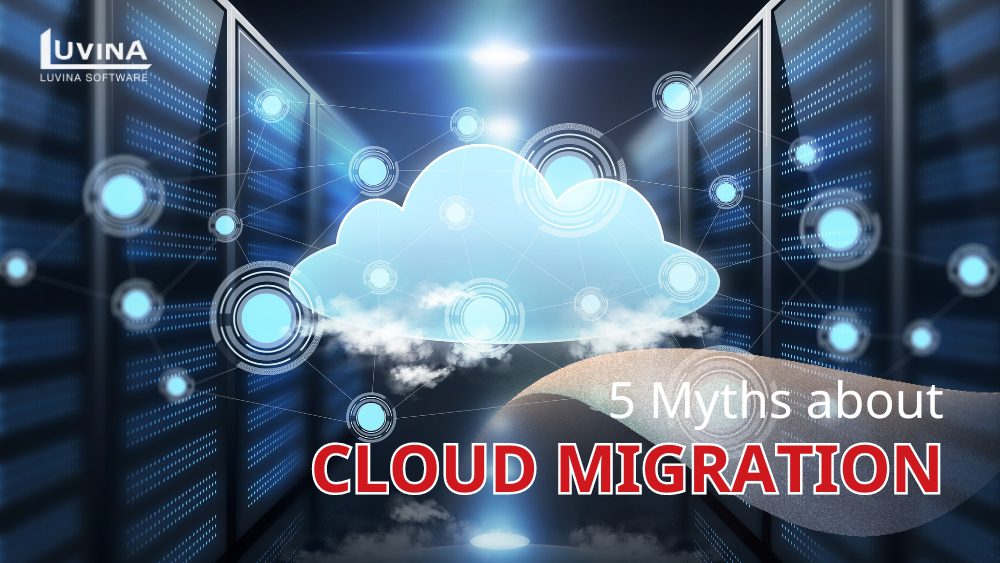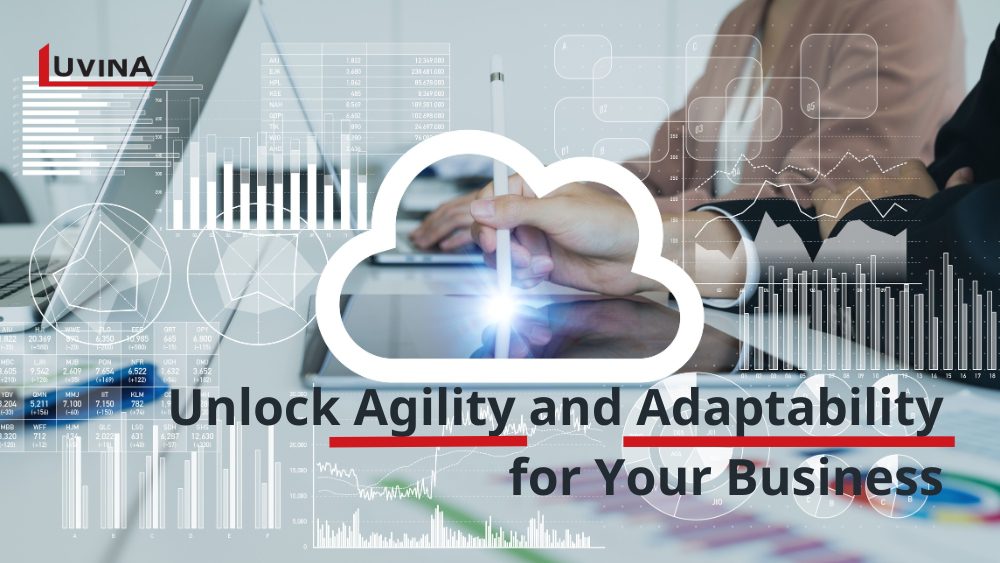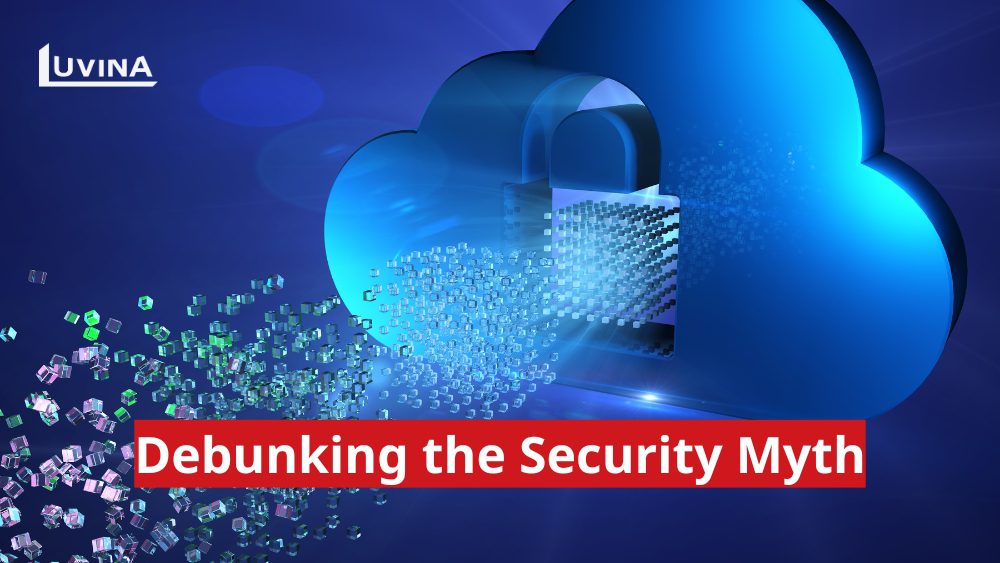In today’s landscape of fast-paced digitalization, the emergence of several cutting-edge technologies has gone hand in hand with the revolution of the business marketplace. Among all outstanding technologies, Cloud migration is deemed to be the most sought-after solution for organizations seeking enhanced seamless workflows and lower operational expenses in the long run.
According to statistics from Allied Market Research, the Cloud migration market size is predicted to reach $515.83 billion in value by 2027, and a CAGR of 24.8% over the course of 7 years from 2000.
Although cloud migration has been of growing prevalence in recent years, a great number of myths anonymously disseminated about its concepts have impeded business owners from effectively giving in to Cloud Migration processes. Inevitably, some myths are proved right in reality; however, not quite a bit of them stem from the misconception of Cloud Migration core features, which need to be rectified promptly.

Having that in mind, we are going to dive into 5 Myths about Cloud Migration and the Truths behind them in this blog so that you can gain precise insights into this exceptional technology to leverage your business efficiency. Let’s find out now!
Cloud Migration Completely Eliminates Legacy Applications?
One of the most mainstream myths about Cloud Migration is that it utterly takes the place of Legacy Application in a business entity. Even though the majority of companies opt for Cloud Migration as a substitute for their legacy systems when they are no longer effective, that doesn’t equal wiping off Legacy Applications in all circumstances.
A company can still keep parts of their Legacy Application that are in good use and bring certain benefits, simultaneously, making use of new Cloud infrastructure to optimize the budgets for crucial applications. Given that, the utilization of both can even fortify business in diverse aspects.
Being willing to deploy Cloud Migration is a vital strategic step towards business effective performance. Nonetheless, planning and deciding on what you have to migrate instantly and what you should leave untouched is never of less magnitude.
The Cloud Migration is All About Money?
The majority of organizations have gravitated towards the cost-effective perk of the Cloud. Therefore, they decide to take on it in their operations.
It has been an intrinsic belief that Cloud Migration could help your company save considerable money. That’s incontrovertibly true, but there are more pros regarding Cloud migration that you should not overlook.

Instead of considering Cloud migration solely as a solution for optimal cost savings, your company should focus on its other superior and vital strengths like agility or adaptability as the motives for adopting it.
Keeping in mind that placing importance on the right objectives will help you to put the promising and potent potentials of Cloud migration to the fullest. Also, the profits in saving costs can only be derived from a proper strategy that incorporates all elements and features of it.
Cloud is the Answer to Everything?
Another myth that is worth discussing here is the assumption that Cloud can tackle every problem and challenge induced by versions of obsolete technology.
Cloud is a leading-edge tool for improved business comprehensive workflows, undoubtedly. Still, Cloud can only get access to and work with specific respects in software, applications, and infrastructures of a company. In other words, not all applications or parts of companies’ structures are compatible with Cloud or a perfect fit for it.
As Cloud or any other existing technologies are not have-it-all technical solutions, a Cloud can not fulfill the requirements of all firms running different operation processes.
It may come as a surprise, but under unexpected circumstances, due to the paucity of expertise and deep understanding of its practices of IT engineers and staff, Cloud migration could also give rise to some roadblocks or bottlenecks, posing a great challenge to the company.
Our advice here is that: Don’t put any technology on the pedestal. Remember that categorizing and prioritizing applications properly will streamline your cloud migration process, making it more efficient and fruitful.
Cloud is Not Secured?
Last but not least, the myth correlated with the lack of security should also be mentioned in this blog. It has been a big-fat myth among people.
As you all know, the Cloud is often a shared responsibility and system between the Cloud provider and the consumer. In the past, the “shared” part, somehow, provoked the feeling of anxiety among many individuals due to the beliefs of higher risks in encountering security breaches and losing control over data. However, this is not the case with the latest Cloud Migration processes.

In this day and age, as many IT experts invest significantly in security improvement of Cloud systems, the security of modern Cloud is better guaranteed compared to the past.
Additionally, the birth of several cloud migration service providers has also acted as a deterrent to the potential risks of data leakage. These specialized companies often acquire professional skills and in-depth understandings of the nuances of Cloud migration, thereby ensuring your cloud migration process will be seamless and error-free.
Collaboration with the experienced team will lead to a round-the-clock watch on your data and keep it safe even during server failure or power outage.
It is the Trend that Every Company Should Follow?
The fact that every implementation of a technology, a habit, or a product becomes a trend is because it is conducive to the majority of people, not all. Either is Cloud Migration since exceptions are inevitable. The market trend is not meant to add value to your business’s long-lasting goals.
Rather than following the trend without fully comprehending its benefits, core features, and possible risks because of the increasingly popular psychological syndrome – FOMO (fear of missing out), you should take into account your business’s current status quo: resources (human and financial), requirements, future orientations, objectives and more to guarantee that this “market trend” is the right fit for you. Then, perhaps you will find out that the trend is not what your company calls for.
In case you still desire to have a go at Cloud Migration, thoroughly compare available cloud migration tools in the market, this averts the possibility of choosing the unsuitable one.
Conclusion
It has been a nerve-racking issue for several companies within the marketplace over whether their organizations should adopt Cloud migration or not due to the myths disseminated surrounding it. Some myths overevaluate this up-to-the-minute technique, while others look down on its remarkable qualities. So, you might have a feeling of confusion from time to time.
Well, the truth is that Cloud solutions do offer impressive advantages such as efficiency, greater visibility, or data security; however, it does give rise to numerous cons if adopted inappropriately and without adequate grasp. In a nutshell, it is a double-edged sword for those who lack proper skills in implementing.
The deepest knowledge of Cloud Migration is the key to every question or myth about it. Your IT team must accumulate the know-how to create a robust and rational Cloud migration strategy. Otherwise, it is imperative for you to find a cloud service partner who can consult and give out hands-on solutions to help you migrate your on-premise infrastructures to Cloud systems.
With roughly 20 years of experience with countless clients of all sizes and cross-industries, Luvina Software could be a compatible provider that allows your business to transition to a secure platform of the Cloud. Let us assist you in creating a bespoke Cloud migration strategy that aligns exclusively with your company’s requirements and steers clear of potential risks you see in myths.
Contact Luvina for further discussion and superior digital solutions now!









Read More From Us?
Sign up for our newsletter
Read More From Us?
Sign up for our newsletter